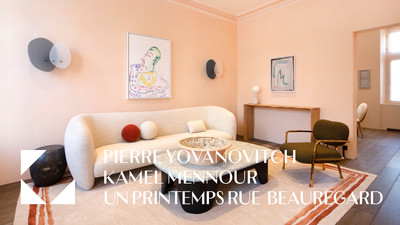Martial Raysse
Works

Exhibition view, Bourse de Commerce — Pinault Collection, Paris, 2021
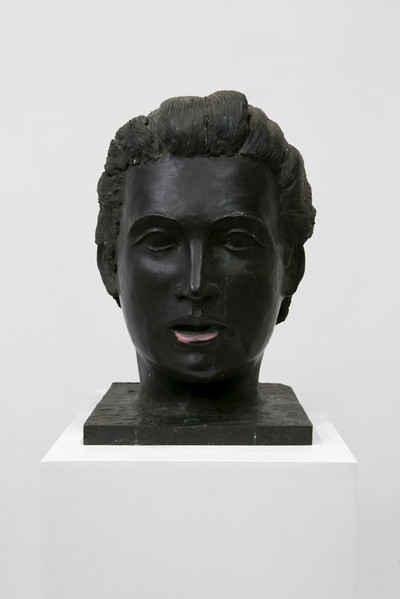
Nemausus, 1987
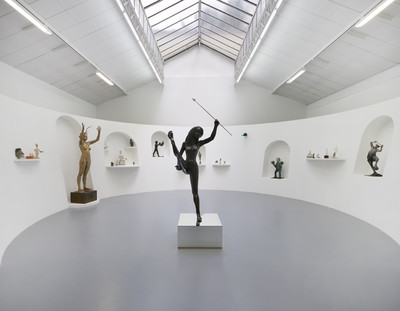
Exhibition view, kamel mennour, Paris, 2020

Exhibition view, Centre Pompidou, Paris, 2014
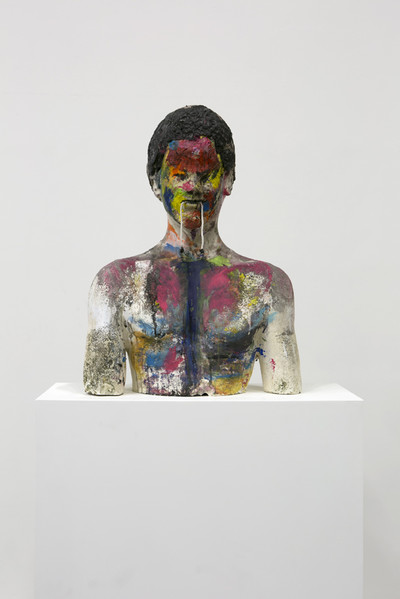
Castruccio Castracani, 2013
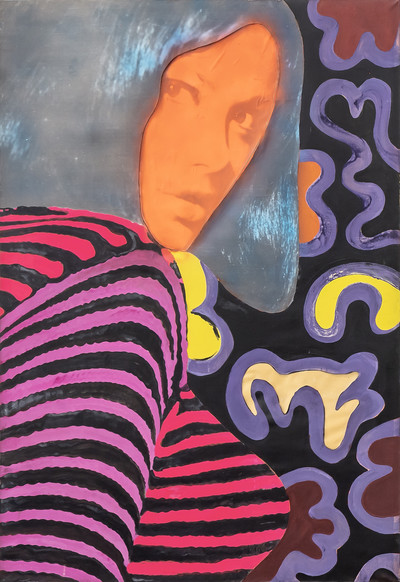
Rina X, 1964
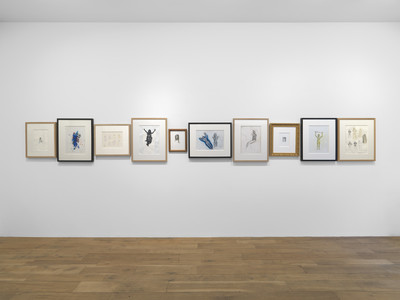
Exhibition view, kamel mennour, London, 2020
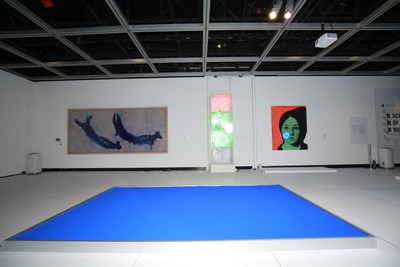
Exhibition view, French May, Hong Kong, 2018

Made in Japan - La grande odalisque, 1964
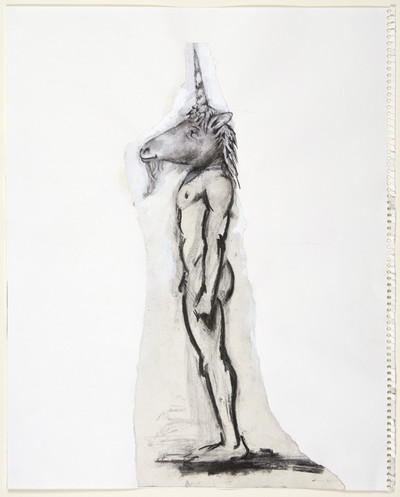
Le Prince Djem, 1989

Emilie, 2012

Ténèbra cœur de pierre, 2016
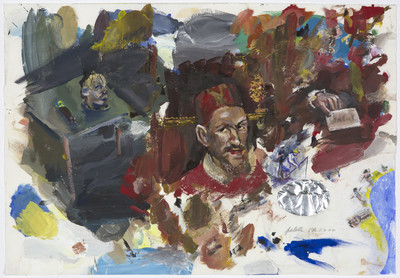
Palette, 2000

Bonsoir Miss Wong, 2016
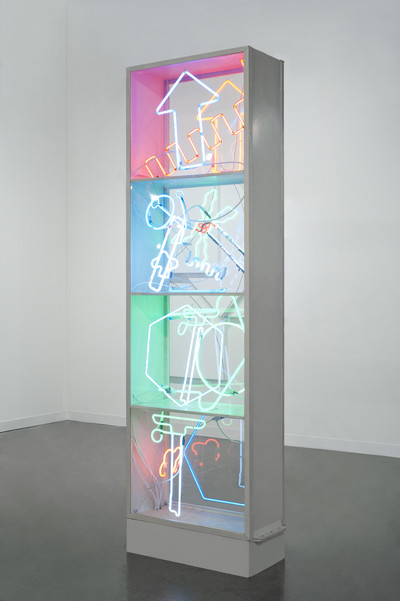
About Neon (Obelisk II), 1964
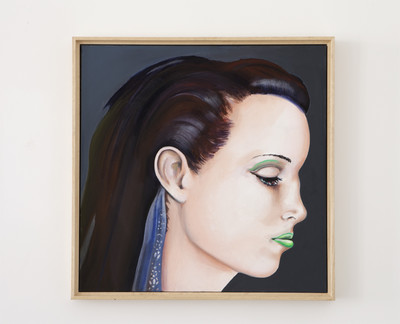
Yolanda, 2012

Peinture à haute tension, 1965
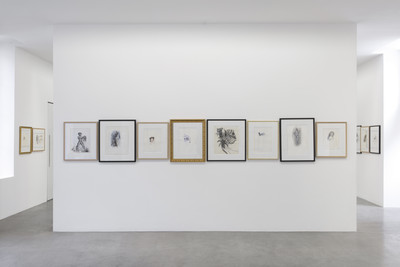
Exhibition view, kamel mennour, Paris, 2017
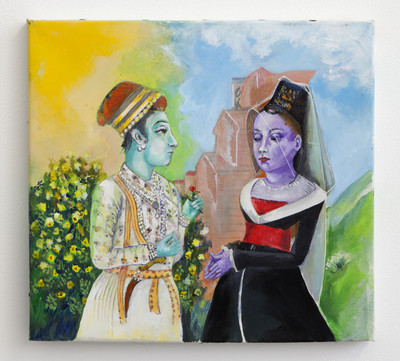
La Rencontre, 2009
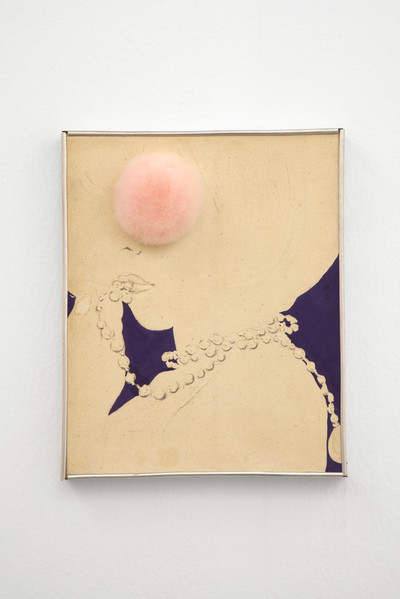
Sans titre, 1963
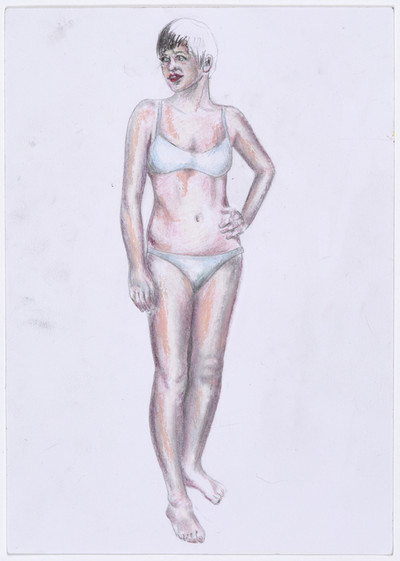
Émilie, pour Ici plage, 2010
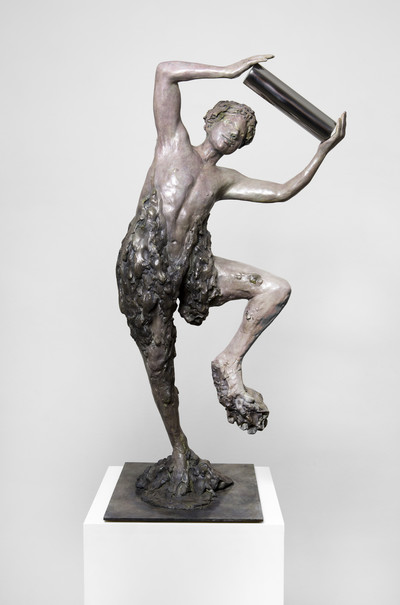
Arrache-toi !, 2016
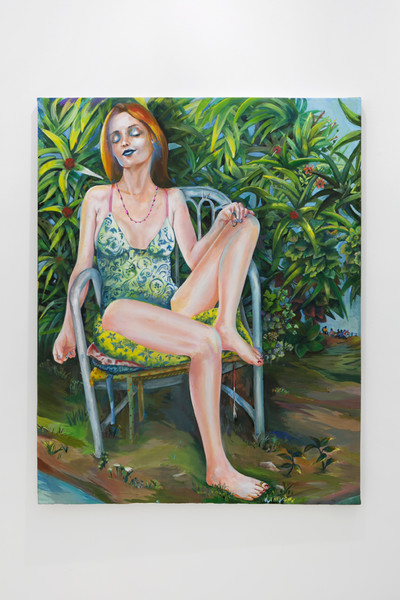
Audrey Marnay, 2019
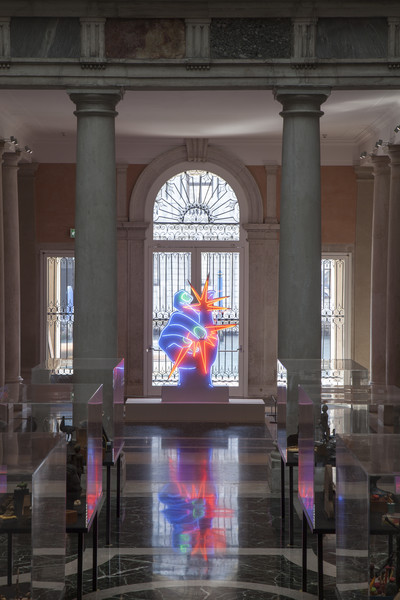
Exhibition view, Palazzo Grassi, Venice, 2015
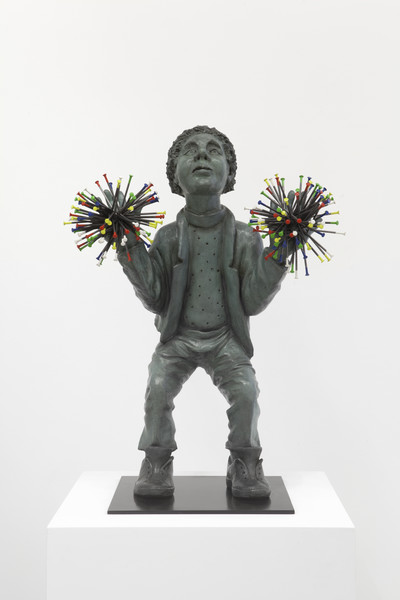
Salut les potes!, 2014
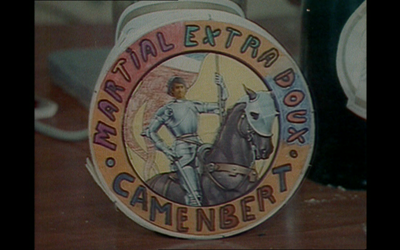
Camembert Martial Extra-Doux, 1969
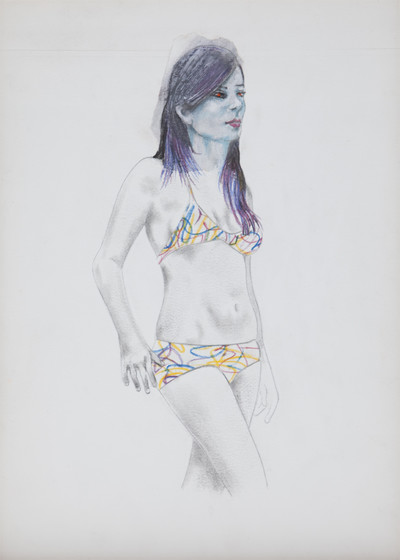
Une beauté à Ici Plage, 2010

Maria Angelica oui oui oui, 2018
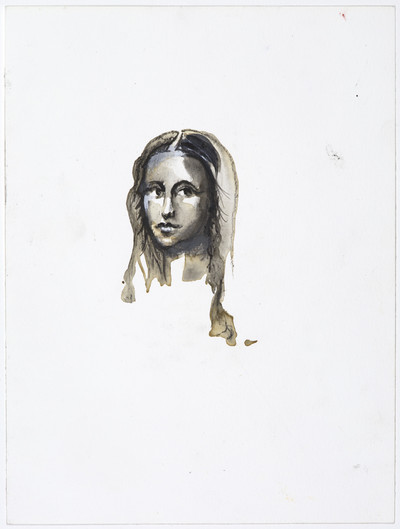
Ira, 1993

Prise, 1975

Exhibition view, kamel mennour, Paris, 2017
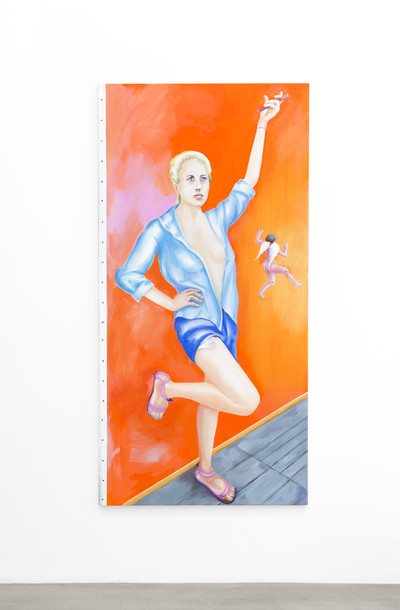
La Belle Jeanne, 2014

Exhibition view, Kanal, Brussels, 2018—2019
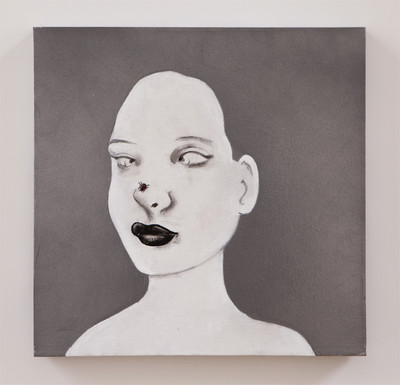
Comment ca va Irma, 2013

D’une flèche mon cœur percé, 2008
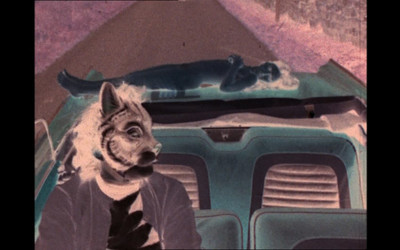
Le Grand Départ, 1971
Exhibitions & News
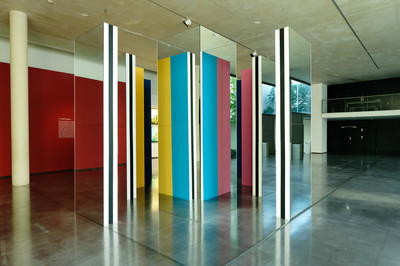
Daniel Buren, Jean Degottex, Gina Pane, Martial Raysse, Judit Reigl, L’œil vérité
13 May 2023 — 22 September 2024
MAC VAL – Musée d’art contemporain du Val-de-Marne, Vitry-sur-Seine
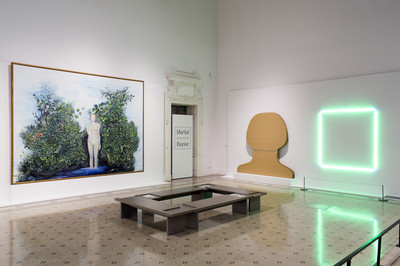
Martial Raysse, Solo exhibition
25 March — 3 December 2023
Musée des Beaux-Arts, Nîmes
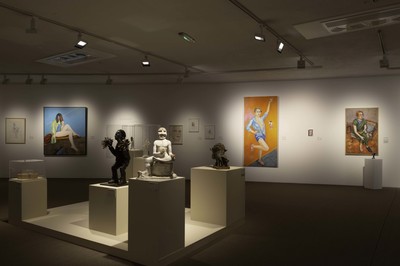
Martial Raysse, Œuvres récentes
17 June — 5 November 2023
Musée Paul Valéry, Sète
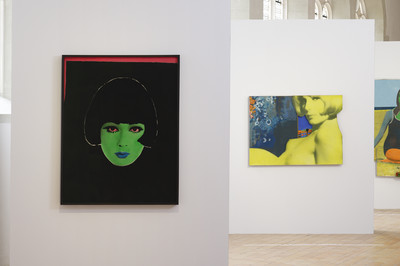
Martial Raysse, Forever Sixties
10 June — 10 September 2023
Couvent des Jacobins, Rennes
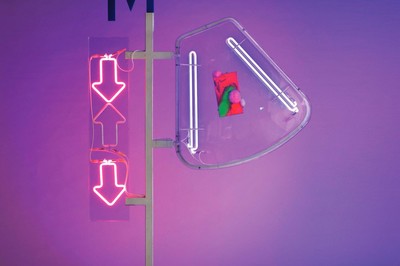
Martial Raysse, Nouveau réalisme
11 January — 9 April 2023
Basil & Elise Goulandris Foundation, Athens
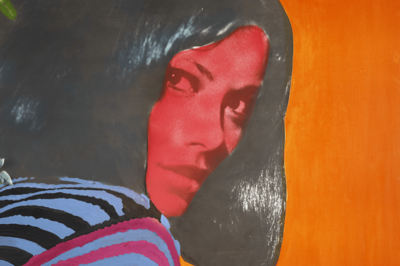
Douglas Gordon, Camille Henrot, Martial Raysse, Le songe d’Ulysse
30 April — 16 October 2022
Fondation Carmignac, Porquerolles
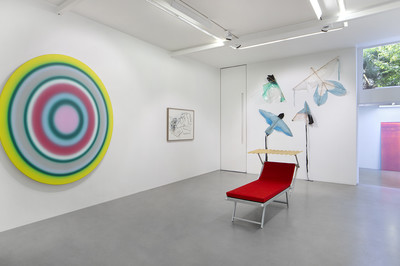
Group show, Endless Summer
6 September — 8 October 2022
Opening 06 September 2022, 18:00
Mennour, 47 rue Saint-André-des-Arts, Paris 6
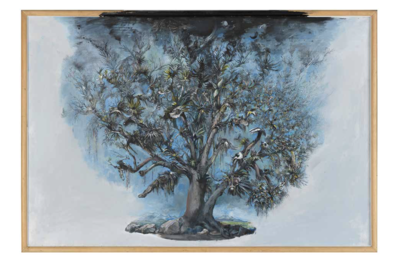
Martial Raysse, Le noir ne fait pas la nuit
8 July — 23 September 2022
FRAC Auvergne, Halle aux Bleds, Saint-Flour
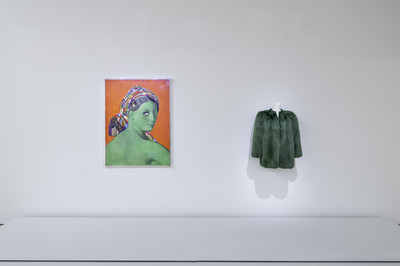
Martial Raysse, Yves Saint Laurent aux musées
29 January — 16 May 2022
Centre Pompidou, Paris
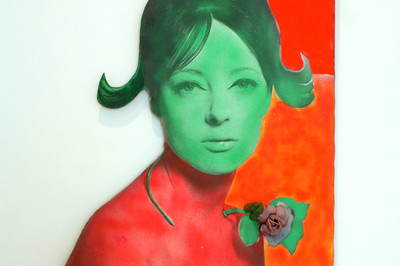
Martial Raysse, POP ART | From Warhol to Panamarenko | Collection Matthys-Colle & S.M.A.K.
27 November 2021 — 8 May 2022
S.M.A.K. Ghent
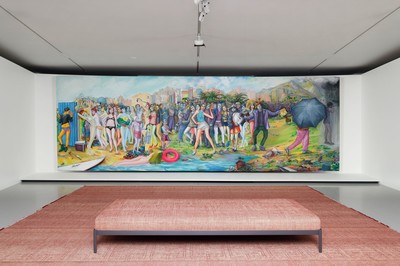
Martial Raysse, Ouverture
22 May 2021 — 30 January 2022
Bourse de Commerce — Pinault Collection, Paris
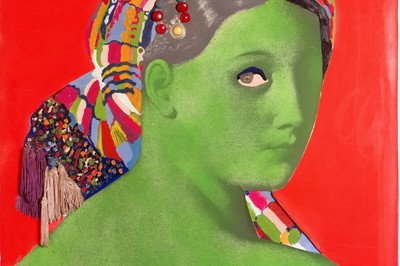
Martial Raysse, Made in Japan . La Grande Odalisque
19 May — 22 November 2021
Château de Blois
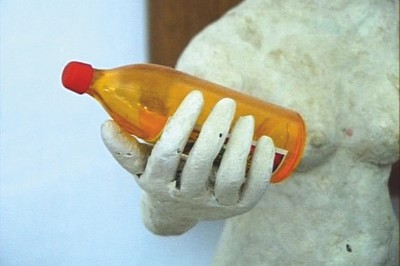
Martial Raysse, MIRACLE
23 September — 23 October 2021
Immanence, Paris
